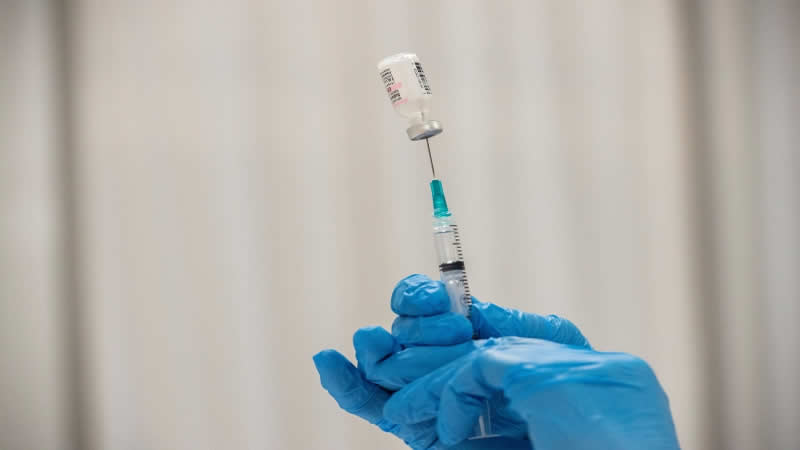Listed banks’ profitability up 20% YoY: Aggregate profitability of the banking sector (Listed banks on the stock exchange excluding The Bank of Punjab) observed positive growth of 5% QoQ during 3QCY10 (after decline of 21% QoQ during 2QCY10) mainly on the back of decrease in overall provisioning and controlled opex. For 9MCY10, total net earnings of the sector were up by 20% YoY to PKR51.5bn, due to hefty reduction of 26% YoY in provisions and write-offs.
Lower growth in interest expense pushed NII up by 9% YoY: Banking companies’ strategy to shed high cost deposits remained fruitful in 9MCY10 as well, with interest expense witnessing low pace hike of 7% YoY as against 8% YoY increase in interest income. This, hence, pushed net interest income (NII) up by 9% YoY during 9MCY10.
NPLs’ provisions up 2% QoQ; down 26% YoY: Fresh accretion in infected loans resulted in 2% QoQ hike in provisioning expense against NPLs, however, due to high base effect of 9MCY09 it was down by 26% YoY.
Non-interest income fell by 2% YoY, Opex up 14% YoY: During 9MCY10, banks’ non-interest income declined by 2% YoY owing to shrinkage in fee, commission & brokerage income and dividend income, whereas operating expenses rose by 14% YoY due to inflationary adjustments.
Investment Perspective: We believe further propelling in NPLs (post floods) will continue to pressurize asset quality of the system in coming quarters. This, coupled with contained lending is expected to result in flat earnings on QoQ basis during 4QCY10. However, for full year CY10, banks’ bottom line is likely to grow by 9% YoY (based on Elixir banking universe).
Lower growth in interest expense pushed NII up by 9% YoY
4% YoY and 17% YoY respective surge in gross advances and investments led to 8% YoY growth in interest income of listed banks during 9MCY10, as the weighted average lending rates of the sector were down 74bps YoY during the same period (which we believe is mainly due to switch of assets towards comparatively low yielding investments as against advances). Nevertheless, interest expense rose at a lower growth rate of 7% YoY during 9MCY10, despite 13% YoY surge in deposits, which clearly depicts banking companies’ successful strategy to shed high cost
deposits (weighted average deposit rates fell by 65bps during 9-month period). This, hence, pushed net interest income (NII) up by 9% YoY during 9MCY10. Among top tier banks, ABL posted 21% YoY rise in NII, followed by NBP with 14% YoY growth. MCB almost sustained 9MCY09 NII level during 9MCY10.
NPLs’ provisions up 2% QoQ; down 26% YoY
During 3QCY10 provisioning against NPLs once again jacked up, with 2% QoQ increase, due to fresh accretion in infected loans coupled with the ageing factor of existing NPLs. Nevertheless, on YoY basis, due to high base effect from 9MCY09 charge in addition to availing of FSV benefit, the expense witnessed 26% decrease during 9MCY10. HMB witnessed hefty surge in NPLs’ charge with 95% YoY (PKR1.1bn) increase, followed by ABL with PKR268mn rise in provisioning during 9MCY10. On the flipside, NBP’s provisioning against NPLs was down by PKR4.0bn (-47% YoY) while that of SCBPL fell by PKR3.3bn (-55% YoY).
Non-interest income fell by 2% YoY, Opex up 14% YoY
Reduction in fee, commission and brokerage income due to contraction in consumer lending portfolio, limited growth in dividend income and capital gains on the back of sluggish volumes in the equity market and decline in FX income owing to low volatility in exchange rate resulted in 10% QoQ and 2% YoY decrease in non-interest income during 9MCY10. Among top banks, Meezan Bank and HMB managed to increase their non-funded income by 26% YoY, followed by MCB with 17% YoY growth. ABL, on the other hand, posted decline of 22% YoY whereas that of UBL fell by 12% YoY.
Operating expenses of the listed banks were higher by 14% YoY owing to increase in salaries and allowances. Meezan Bank’s expenses went up by 35% YoY, with MCB’s opex up by 29% YoY.
Investment Perspective
We believe further propelling in NPLs (post floods) will continue to pressurize asset quality of the banking system in coming quarters. This, coupled with contained lending in future is expected to result in flat earnings on QoQ basis during 4QCY10. Nevertheless, for full year CY10, banks’ bottom line is expected to grow by 9% YoY (based on Elixir banking universe). UBL and ABL remain our preferred stocks at current levels as they are trading at a discount of 17% and 51% to their respective June-2011 Price Targets of PKR65/share and PKR83/share. BUY!
Economic & Political News
Turnover tax halved for refineries, OMCs
The federal government has reduced turnover tax from 1% to 0.5% for refineries, oil marketing companies (OMCs), gas companies and any category of taxpayer having annual turnover of over PKR1bn. Taking another bold decision, the government has also allowed 80% rebate on payment of turnover tax by the pharmaceutical distributors, distributors of fast moving consumer goods and distributors of fertilizers.
Analyst Certification:
The research analyst(s) denoted AC on the cover of this report, primarily involved in the preparation of this report, certifies that (1) the views expressed in this report accurately reflect his/her personal views about all of the subject companies/securities and (2) no part of his/her compensation was, is or will be directly or indirectly related to the specific recommendations or views expressed in this report.
Disclaimer
The report has been prepared by Elixir Securities Pakistan (Pvt.) Ltd and is for information purpose only. The information and opinions contained herein have been compiled or arrived at based upon information obtained from sources, believed to be reliable and in good faith. Such information has not been independently verified and no guaranty, representation or warranty, expressed or implied is made as to its accuracy, completeness or correctness. All such information and opinions are subject to change without notice. Descriptions of any company or companies or their securities mentioned herein are not intended to be complete and this document is not, and should not be construed as, an offer, or solicitation of an offer, to buy or sell any securities or other financial instruments.
Research Dissemination Policy
Elixir Securities Pakistan (Pvt.) Ltd. endeavors to make all reasonable efforts to disseminate research to all eligible clients in a timely manner through either physical or electronic distribution such as mail, fax and/or email. Nevertheless, not all clients may receive the material at the same time.
Company Specific Disclosures
Elixir Securities Pakistan (Pvt.) Ltd. may, to the extent permissible by applicable law or regulation, use the above material, conclusions, research or analysis in which they are based before the material is disseminated to their customers. Elixir Securities Pakistan (Pvt.) Ltd., their respective directors, officers, representatives, employees and/or related persons may have a long or short position in any of the securities or other financial instruments mentioned or issuers described herein at any time and may make a purchase and/or sale, or offer to make a purchase and/or sale of any such securities or other financial instruments from time to time in the open market or otherwise. Elixir Securities Pakistan (Pvt.) Ltd. may make markets in securities or other financial instruments described in this publication, in securities of issuers described herein or in securities underlying or related to such securities. Elixir Securities Pakistan (Pvt.) Ltd. may have recently underwritten the securities of an issuer mentioned herein.
Other Important Disclosures
Foreign currency denominated securities is subject to exchange rate fluctuations which could have an adverse effect on their value or price, or the income derived from them. In addition, investors in securities such as ADRs, the values of which are influenced by foreign currencies effectively assume currency risk. Foreign currency denominated securities is subject to exchange rate fluctuations which could have an adverse effect on their value or price, or the income derived from them. In addition, investors in securities such as ADRs, the values of which are influenced by foreign currencies effectively assume currency risk.
Contributed By
















